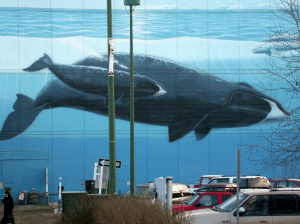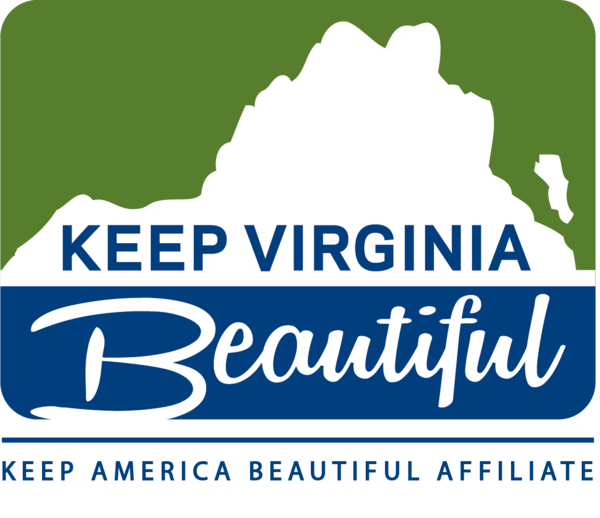A Drop in the Bucket
 We’re like many of you and gearing up for Earth Day. What started as an environmental movement has become an organized day of celebration and awareness of all that is great and good about our Earth. Did you ever wonder how it all got started?
We’re like many of you and gearing up for Earth Day. What started as an environmental movement has become an organized day of celebration and awareness of all that is great and good about our Earth. Did you ever wonder how it all got started?
Water.
Our environmental movement isn’t really a new idea. It’s been around for generations. Our father’s father’s fathers and grandmother’s mothers saw the need to protect our lands and water. For most of us in America, this was the source of our food. And it still is. But the modern movement really arose from a disaster in 1969. An oil platform off of the coast of Santa Barbara in Southern California experienced a catastrophic blow out, releasing almost 100,000 barrels of oil into the Pacific Ocean. This then polluted the beaches and channels of the Southern California coast, and still ranks as the third worst ocean spill behind the 1989 Exxon Valdez spill in Alaska and the more recent Deepwater Horizon spill in the Gulf of Mexico. Wisconsin Senator Gaylord Nelson saw the ravages of the spill and called for an environmental teach-in, and on April 22, 1970 over 20 million people took in the lesson.
Activism spurred by the original Earth Day led to the creation of the Environmental Protection Agency, the Clean Water Act, and began a very real and timely discussion of what we were doing to our waterways and how we could fix it. It had only been a year since the Cuyahoga River in Ohio had experienced its most recent fire.
You read that right. What was once the most polluted river in America would routinely burst into flames, burning off the toxic chemicals that laced it.
While our stewardship has expanded to include our air, the ground we walk on, replacing greenery, disposing of trash, and creating sustainable solutions to our lives, water has remained a focus of what we do. The first big campaign for our parent organization, Keep America Beautiful, was the famous “Crying Indian” commercial, featuring a Native American, weeping as his canoe navigated a litter-strewn river. Here in Virginia, water is a tremendous part of our natural heritage. We have majestic rivers in the James, Shenandoah, Potomac and others. Natural and man-made lakes dot our Commonwealth, providing drinking water, food, and hours of recreation. Virginia is practically split by the Chesapeake Bay, the largest estuary in our country. And we’re bordered on the East by miles upon miles of Atlantic Ocean coastline.
We recently met the folks at The Wyland Foundation. Based in Irvine, California, they were created to “promote, protect, and preserve the world’s oceans, waterways, and marine life.”  Their founder, marine life artist Wyland, has painted over 100 life-sized marine wildlife murals, bringing awareness and education to people all over the world. You may have seen one of his murals in Norfolk. From their site:
Their founder, marine life artist Wyland, has painted over 100 life-sized marine wildlife murals, bringing awareness and education to people all over the world. You may have seen one of his murals in Norfolk. From their site:
- Approximately 400 billion gallons of water are used in the United States per day.
- American residents use about 100 gallons of water per day. At 50 gallons per day, residential Europeans use about half of the water that residential Americans use. And residents of sub-Saharan Africa use only 2-5 gallons of water per day.
- The average faucet flows at a rate of 2 gallons per minute. You can save up to four gallons of water every morning by turning off the faucet while you brush your teeth.
- A running toilet can waste up to 200 gallons of water per day.
- At 1 drip per second, a faucet can leak 3,000 gallons per year.
- Nearly one-half of the water used by Americans is used for thermoelectric power generation.
One of their current initiatives is the National Mayor’s Challenge for Water Conservation. Running this entire month, it’s a contest between cities across the country to see who can be the most “water-wise.” There’s a short list of steps that you can pledge to take, and at the end you’ll see how much water you’ll be saving and impacting. Plugging in your home city will create a ranking of how your home town is doing. As of this writing, Hampton and Virginia Beach were in the top-ten. That includes every state and town where someone took the pledge.
So, nice work, Virginia! Let’s see how many more Virginia towns we can put on the chart! Click here to take the pledge.
